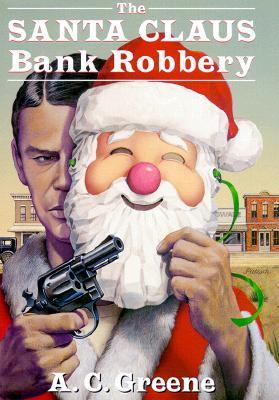What do you think?
Rate this book


231 pages, Hardcover
First published January 1, 1972
[Louis Davis guarding the customers to keep them in place] He would have tried to catch them with his hand but he had a gun in it. “Shoot. . . “ He heard.
“I can’t,” he explained alound. “I might hit...” pg 49
It didn’t take more than three or four minutes before the word that the First National was being robbed was all over downtown Cisco, and nearly every man there was either running to get himself a weapon or was headed toward the bank with a gun in his hand. Pg 50
Dragging Ratcliff was a knot of boys and men, some fifteen or twenty, each holding on to some part of the man until his grasp slipped, then dancing back into the pack, attempting to grab again. The rest of the foot crowd came along behind a few yards,stopping when the leaders stopped, moving forward again when they they moved. They were in the alley directly .behind the theater itself when someone began shouting , “Let’s hang him here . . . let’s don’t wait. . . hang him here!” Pg 238
There was another scramble to get a place along the end of the new rope . At two or three spots, father’s were reserving a small piece of hemp so their young sons could help and could say later that they had had a hand in it. Pg. 245
“Now Pack,” the deputy said, “you know they burned down that jail down, up in North Texas, gettin’ to one of the prisoners. They were that determined”
“They didn’t burn down the jail because they wanted to get to some prisoner. They burned down the jail because they wanted to burn the jail. It was a chance to to get a little arson in they wouldn’t get otherwise get. They already knew they were going to get their prisoner. Burning down the jail was just getting a second helping of dessert.”
The deputy frowned, “There’s a streak of law and order in us that don’t like to see justice thwarted.”
Pack curled his lip.
“Son, you believe that and you’ve got a lot of goddamn learning to do.”
Pg 256
The cold was annoying as their hunger. Henry Helms said he’d personally give a flat hundred dollar bill for a pot of good, hot Arbuckles’ coffee like Nettie fixed. Pg 117